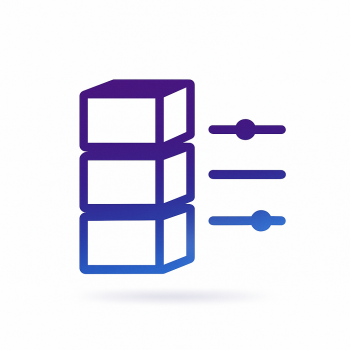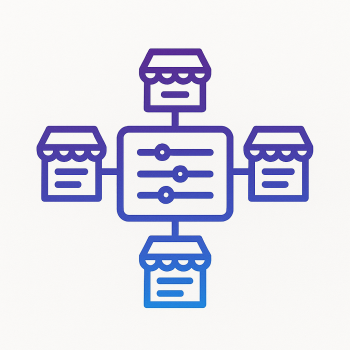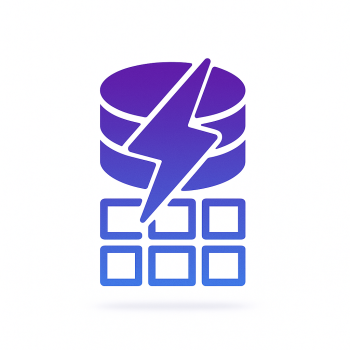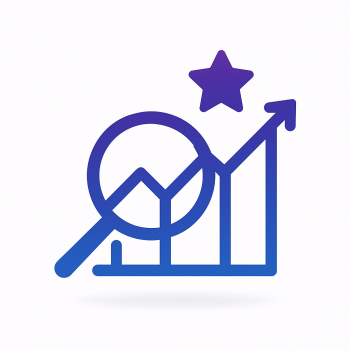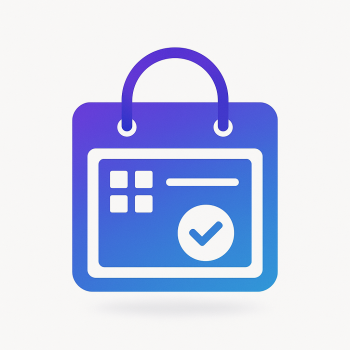The Impact of PHP Versions on Magento 2 Performance
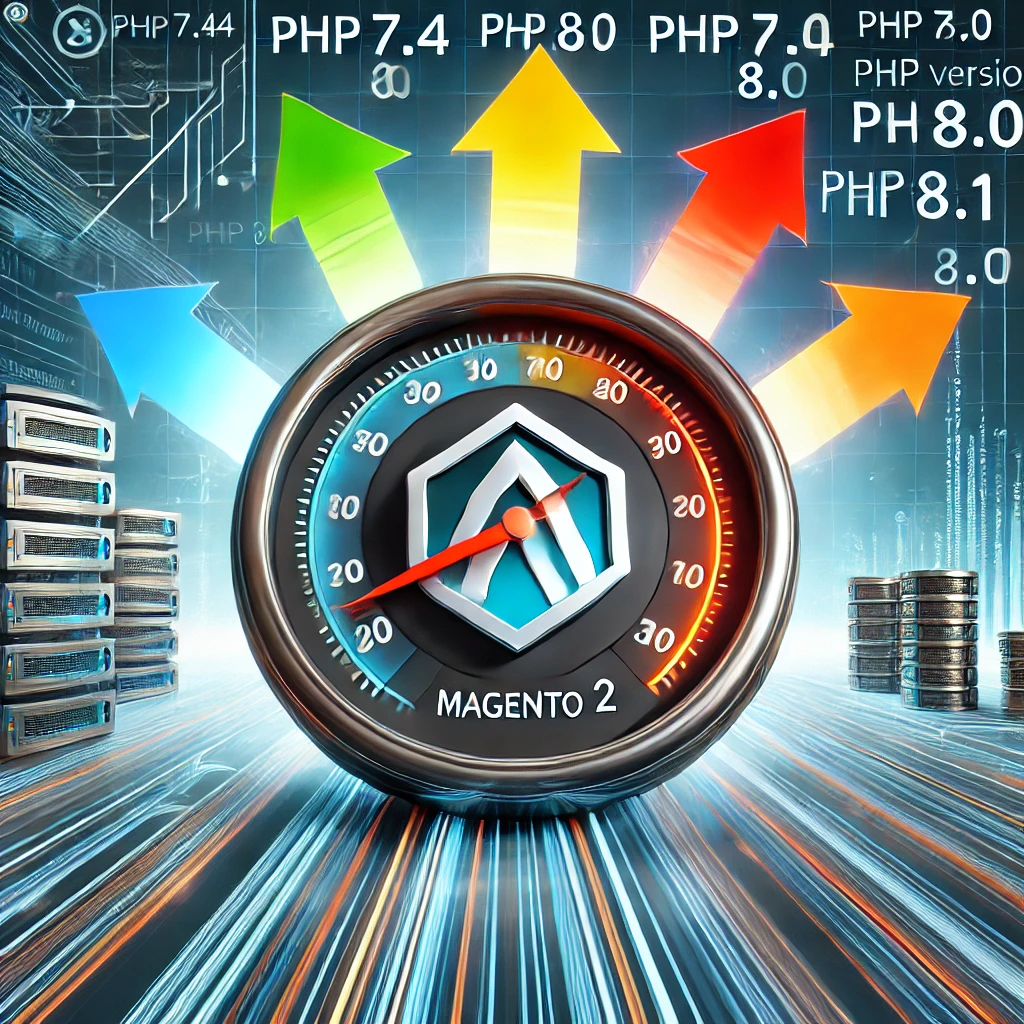
Why PHP Versions Matter for Magento 2
If you're running a Magento 2 store, you already know that performance is everything. Slow load times mean lost sales, and nobody wants that. One of the biggest factors affecting your store’s speed? The PHP version you’re using.
PHP is the backbone of Magento 2, and each new version brings performance improvements, security patches, and better memory management. But not all PHP versions are created equal—some are way faster than others. So, if you're still running an old PHP version, you might be leaving a lot of speed (and money) on the table.
In this post, we’ll break down how different PHP versions impact Magento 2 performance, which one you should be using, and how to upgrade safely.
PHP and Magento 2: A Quick Background
Magento 2 is built on PHP, and the version you use directly affects:
- Page load speed – Faster PHP = faster store.
- Security – Older PHP versions don’t get security updates.
- Compatibility – Some Magento extensions require specific PHP versions.
Magento 2 officially supports PHP 7.4, 8.1, and 8.2 (as of 2024). But which one is the best for performance? Let’s find out.
PHP 7.4 vs. PHP 8.1 vs. PHP 8.2: Performance Benchmarks
Here’s the deal: newer PHP versions are much faster. How much? Let’s look at some real-world benchmarks.
PHP 7.4
- Still widely used but no longer receiving active support.
- Decent performance, but slower than PHP 8.x.
- Good for stores that haven’t migrated yet.
PHP 8.1
- ~20-30% faster than PHP 7.4.
- Better memory management.
- Still supported with security updates.
PHP 8.2
- ~10-15% faster than PHP 8.1.
- More efficient garbage collection.
- Best choice for new Magento 2 installations.
If you're on PHP 7.4, upgrading to PHP 8.2 could make your store up to 40% faster. That’s huge for conversions!
How to Check Your Current PHP Version
Before upgrading, you should check which PHP version you're running. Here’s how:
- Via SSH: Run this command:
php -v - Via Magento Admin:
- Go to Stores > Configuration > Advanced > Developer.
- Check the PHP version in the system info.
How to Upgrade PHP for Magento 2
Upgrading PHP isn’t as scary as it sounds. Here’s a step-by-step guide:
Step 1: Backup Everything
Before making any changes, back up:
- Your Magento database.
- Your Magento files.
- Your server configuration.
Step 2: Check Compatibility
Make sure your Magento version supports the PHP version you're upgrading to. Check the official Magento 2 system requirements.
Step 3: Update PHP on Your Server
The exact steps depend on your hosting provider. Here’s how it works on a typical Linux server (Ubuntu/CentOS):
# For Ubuntu/Debian
sudo apt update
sudo apt install php8.2 php8.2-common php8.2-cli
# For CentOS/RHEL
sudo yum install epel-release
sudo yum install php82 php82-php-cli
Step 4: Update PHP-FPM/Nginx/Apache
If you're using PHP-FPM (recommended for Magento), update the configuration:
sudo systemctl restart php8.2-fpm
sudo systemctl restart nginx (or apache2)
Step 5: Verify the Upgrade
Run php -v again to confirm the new version is active.
Common Issues After PHP Upgrades
Sometimes, things don’t go smoothly. Here’s how to fix common problems:
- White screen after upgrade? Check PHP error logs (
/var/log/php_errors.log). - Extensions not working? Reinstall them or check for compatibility.
- Slow performance? Clear Magento cache (
php bin/magento cache:flush).
Final Thoughts: Which PHP Version Should You Use?
If you want the best performance:
- Use PHP 8.2 if possible (best speed, latest features).
- Use PHP 8.1 if some extensions aren’t yet compatible.
- Avoid PHP 7.4 unless absolutely necessary (no more security updates).
Upgrading PHP is one of the easiest ways to speed up your Magento 2 store. So, if you're still on an old version, now’s the time to make the switch!
Need help with hosting or optimizing your Magento store? Check out Magefine’s hosting solutions for high-performance Magento servers.

